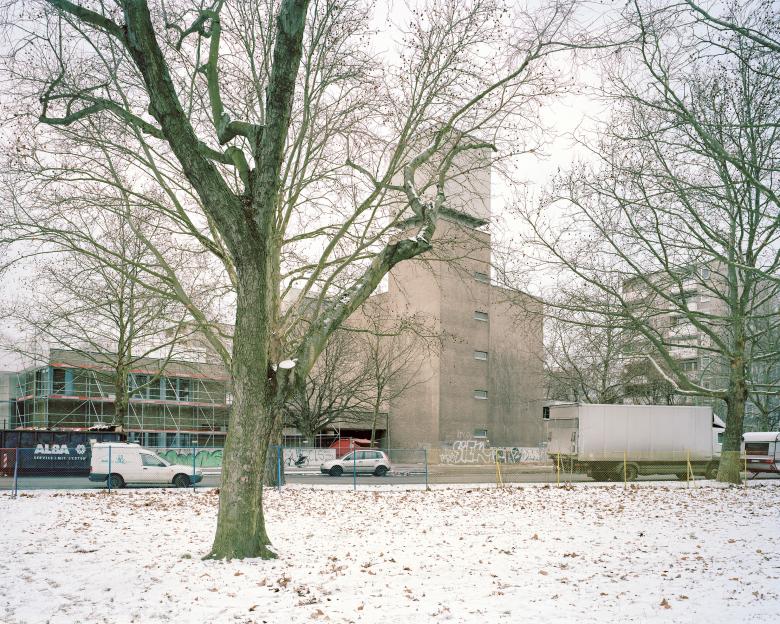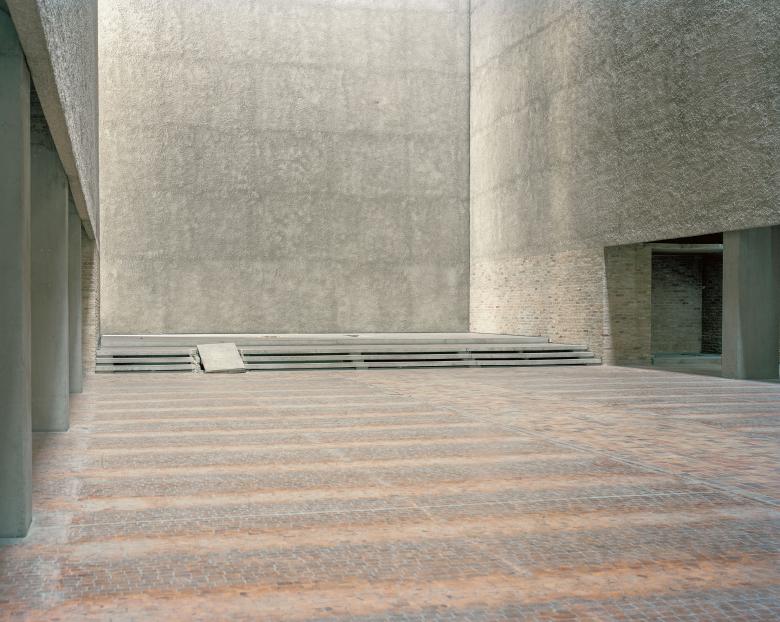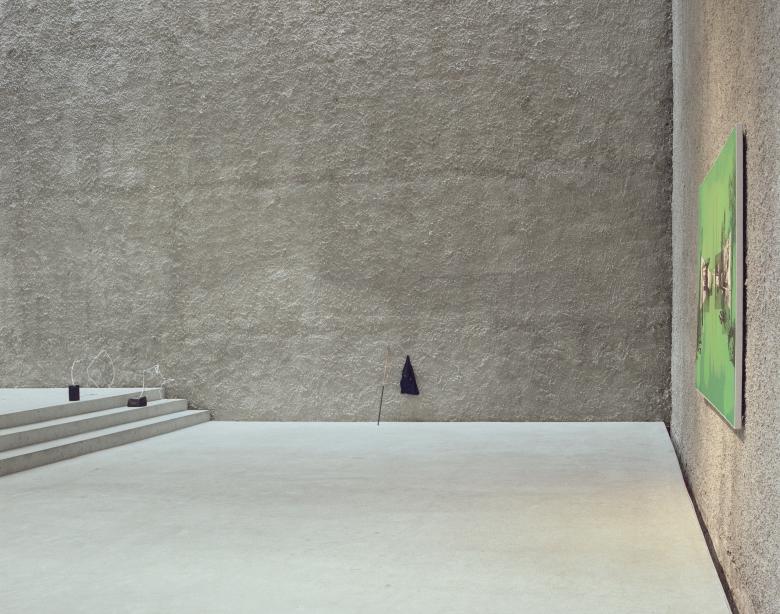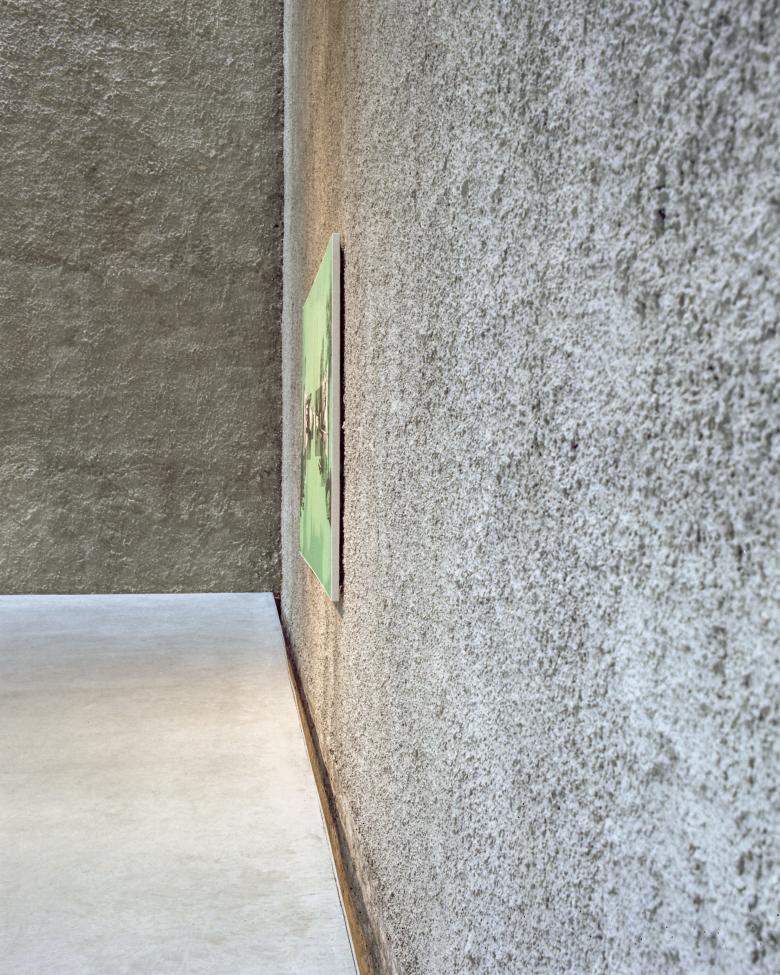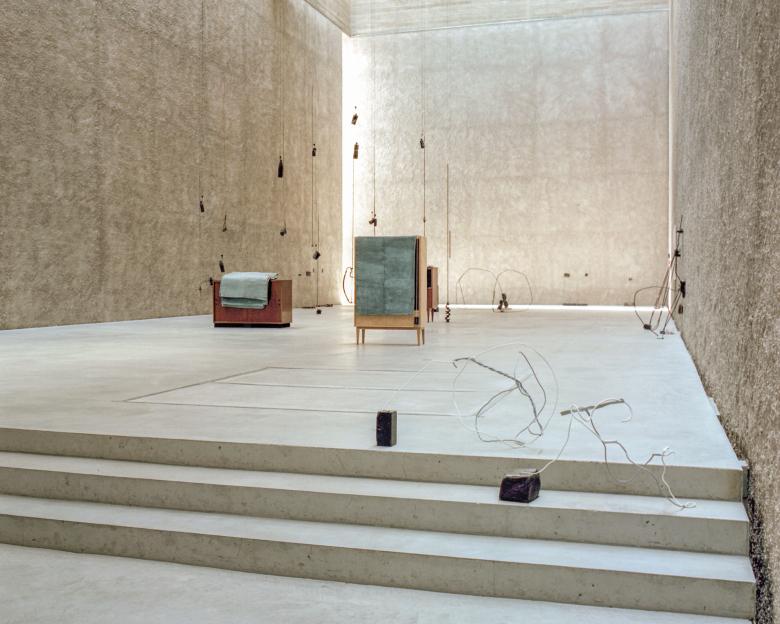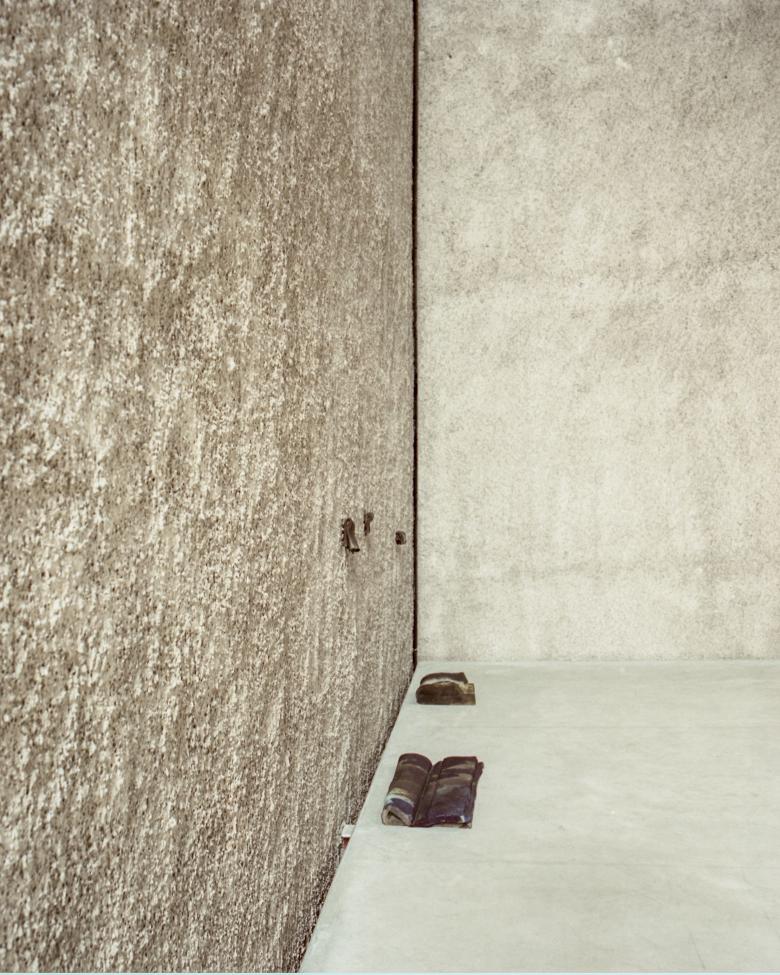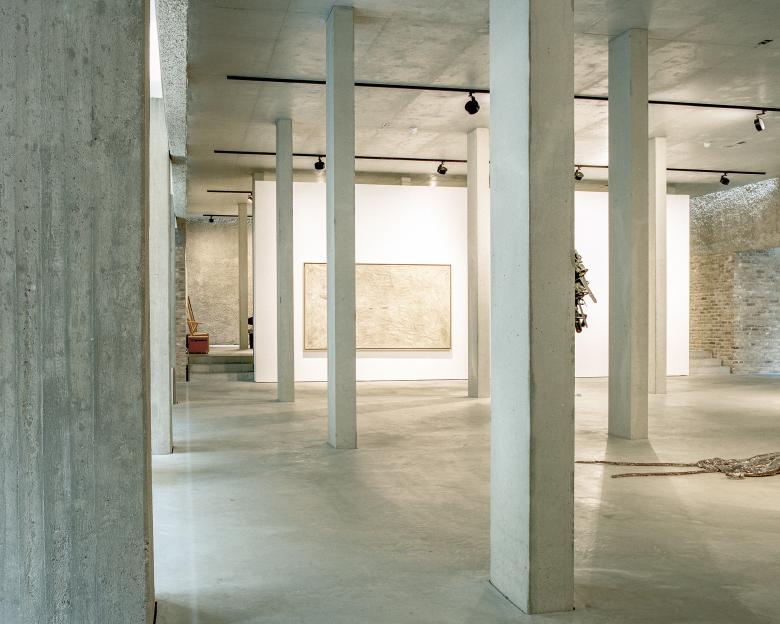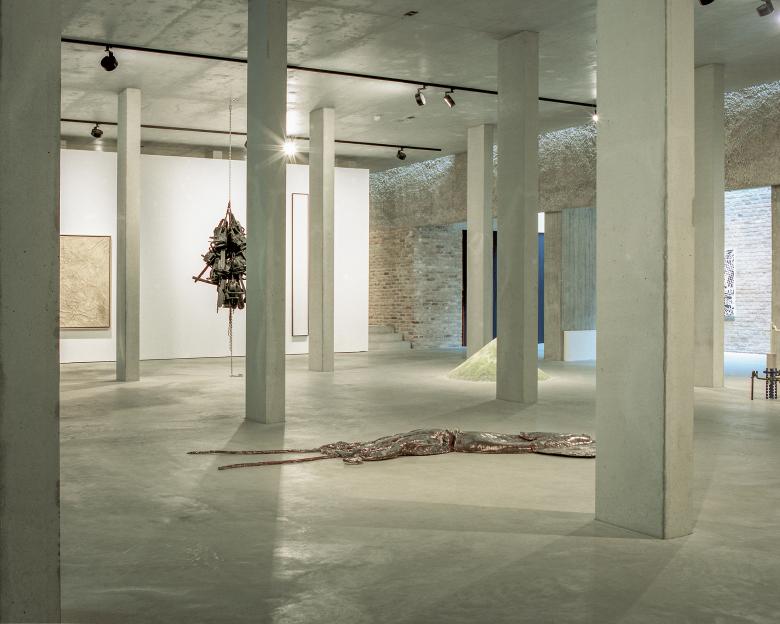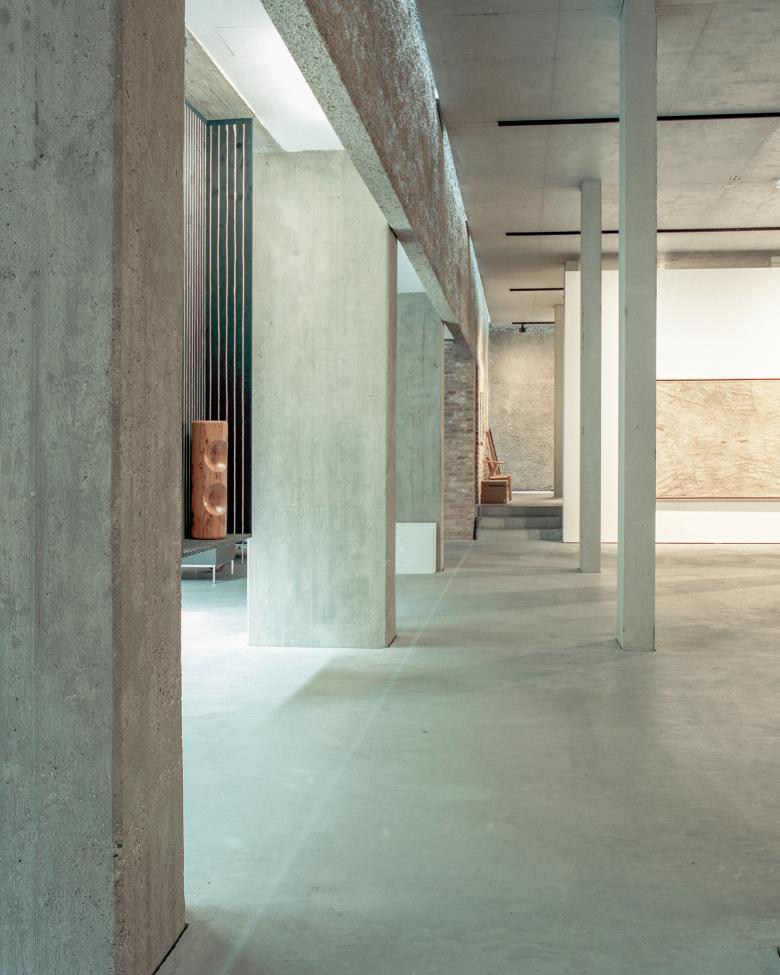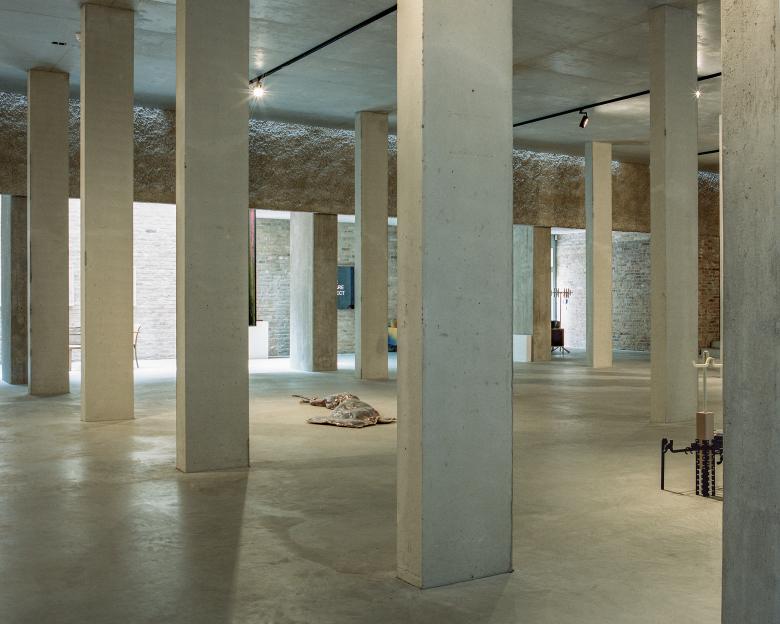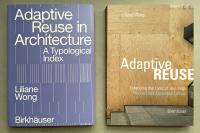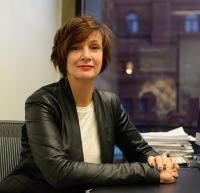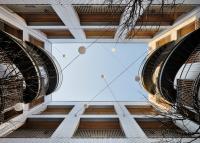St. Agnes
Berlin, ドイツ
The conversion of the former St. Agnes church and community center into an arts and culture complex required a particularly sensitive approach due to the buildings’ history and heritage listing. The church, originally built by German Architect Werner Düttmann, had not been used for its original purpose since 2004. The shrinking community had forced the owners to close down the church, and its high maintenance cost had led to discussions about its possible demolition, a scenario the church itself described as the “ultima ratio.” The empty church was therefore rented out to an ecclesiastical institution for temporary use. In 2008, the ensemble was listed as an architectural monument. Discussion about its future use arose when it became vacant again in 2011. The church only allowed restricted programs, which reduced the number of interested parties able to convince the owners of both a good utilization concept and a recovery plan. The owners finally decided to lease the building to German gallerist Johann König for a period of 99 years. This legal and historical condition made a particularly sensitive approach necessary. The concept was therefore to insert a concrete slab, a concrete table, with a surrounding gap into the main church-room.
Supported by multiple slim concrete columns, this minimally invasive addition has changed the typology of the building and has facilitated the use of the “table” as a gallery, subdividing the space into two levels. The inserted concrete slab also contains all the mechanical equipment, serving both the upper and lower floors. On the upper level, the main exhibition space—28 meter long, 12 meter wide and 10 meter high—allows different kinds of art to be displayed. The former organ gallery becomes the entrance to the 350 square meter exhibition area, with three steps needed to bridge the old parapet. The architecture fades out: plaster and concrete textures blur in the diffused light that enters the room through the old skylights. The gap between the concrete slab and the existing structure varies in width—12 centimeters in 1965, 4 centimeters in 2015—and is a visible evidence of the increasingly stringent safety regulations. Light enters through the gap to the ground level, characterized by 20 concrete columns and used as storage and work space. The inserted concrete “table” not only respects the stringent preservation laws but also transforms the building into a “socially beneficial function,” as called for by the Venice Charter. Furthermore, the slab’s detached configuration allows it to be easily removed, returning the church to its original preserved state. The social character of the community center as a public space is ensured by the presence of various programs on the site: at present, a non-profit exhibition space, an educational institution, an architecture office, a culture magazine, and a café.
- 場所
- Alexandrinenstraße 118-121, 10969 Berlin, ドイツ
- 年
- 2015
- チーム
- Peter Behrbohm, Klara Bindl, Tobias Hönig, Cornelia Müller, Markus Rampl, Paul Reinhardt, Robert Hartfiel (Pichler Ingenieure), Andreas Schulz (Pichler Ingenieure)
- Collaboration
- Brandlhuber+ Emde, Burlon / Riegler Riewe
